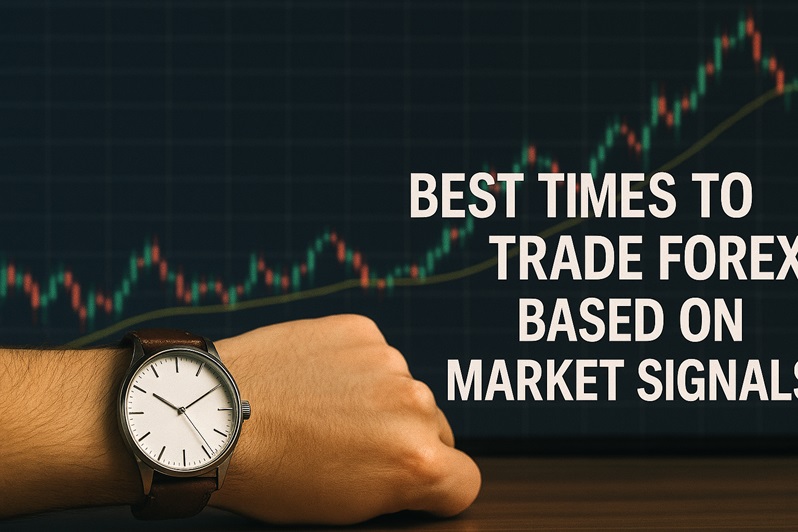
Timing is everything in Forex trading. Even the best trading strategy can fall flat if applied at the wrong moment. Successful traders understand that market activity fluctuates throughout the day, and aligning trades with high-probability windows based on market signals can significantly improve outcomes. Knowing when to enter and exit the market is just as important as how you trade.
Understanding Forex Market Sessions
The Forex market operates 24 hours a day, five days a week, through four major trading sessions: Sydney, Tokyo, London, and New York. Each session has unique characteristics and volatility levels. While some pairs remain relatively quiet during certain hours, others show strong activity depending on the session overlap and regional economic news.
The London and New York sessions are especially important due to their high liquidity and significant volume. When these sessions overlap, market activity peaks, creating ideal conditions for signal-based strategies. Market signals—such as price breakouts, trend reversals, or technical indicator triggers—tend to be more reliable when volatility is higher. Understanding how each session influences different currency pairs helps traders identify windows where signals are more accurate and effective.
How to Align Market Signals with Optimal Trading Hours
Market signals become more powerful when timed with active market hours. For example, a trend reversal pattern forming during the London session is more likely to follow through due to increased market participation. Conversely, during low-volume hours like the late Asian session, signals may be weaker or lead to false breakouts.
Technical indicators such as RSI, MACD, and moving averages gain reliability when they align with session-based momentum. For instance, a MACD crossover near the open of the New York session may signal a strong trend if supported by price action. Likewise, trading breakouts during session overlaps allows traders to capitalize on sudden liquidity surges and rapid price movement.
Economic news releases also impact signal quality. Traders monitoring calendars for key events like central bank announcements or employment data can prepare to act when volatility aligns with technical signals. Combining market awareness with signal analysis improves timing and increases the probability of success.
The Importance of Session Overlaps and Volatility Spikes
The overlap between the London and New York sessions represents the most dynamic period in Forex trading. During this window, major currency pairs experience sharp movements, providing ample opportunities for signal-based trades. Scalping strategies often thrive here due to tight spreads and high order flow.
Conversely, the transition between sessions can cause temporary slowdowns or erratic movements, making it risky to act on signals without additional confirmation. Traders should account for this by focusing on the context surrounding their indicators. Observing price reaction around key levels during these overlaps helps determine whether a signal is likely to hold or fade.
Developing a time-based trading routine around these market rhythms helps traders avoid overtrading and enhances discipline. Knowing when signals are most trustworthy adds structure to the trading day and supports consistent performance.
Conclusion
The best times to trade Forex aren’t random—they are driven by market structure, session timing, and volatility patterns. By aligning market signals with the most active trading hours, Forex traders can maximize their edge and reduce the risk of false signals. Strategic timing, informed by technical and fundamental analysis, is key to long-term trading success.
FAQs
What are the most active Forex trading hours?
The overlap between the London and New York sessions is typically the most active and liquid period.
Why do market signals work better during certain sessions?
High liquidity and volatility improve the reliability of signals, especially during major session overlaps.
Should I avoid trading during low-volume hours?
Low-volume hours can produce false signals. It’s generally better to wait for active sessions unless using specific low-volatility strategies.
Do economic news events affect trading signals?
Yes, news events can enhance or invalidate signals depending on their timing and market impact.
Can I automate my trading during optimal hours?
Yes, many traders use bots or EAs that are programmed to operate during specific high-probability trading windows.
